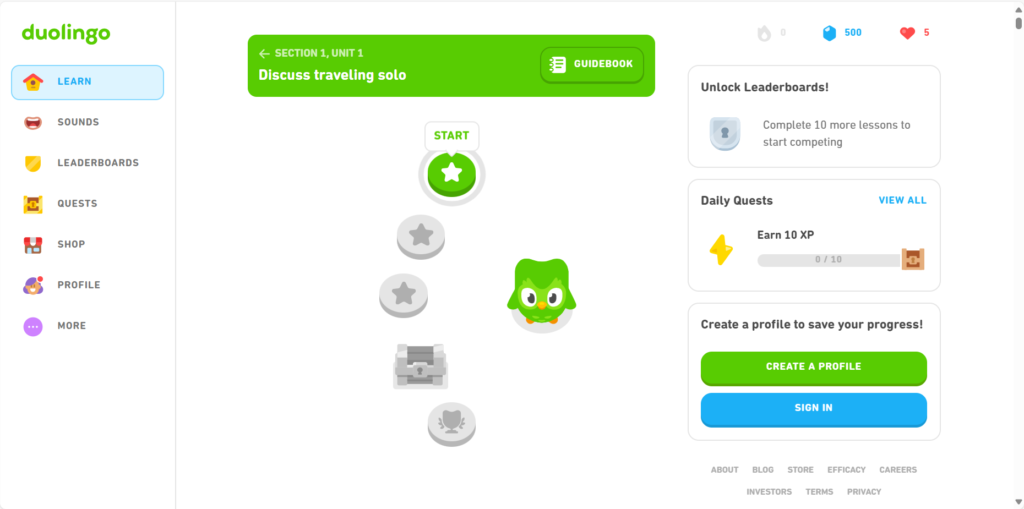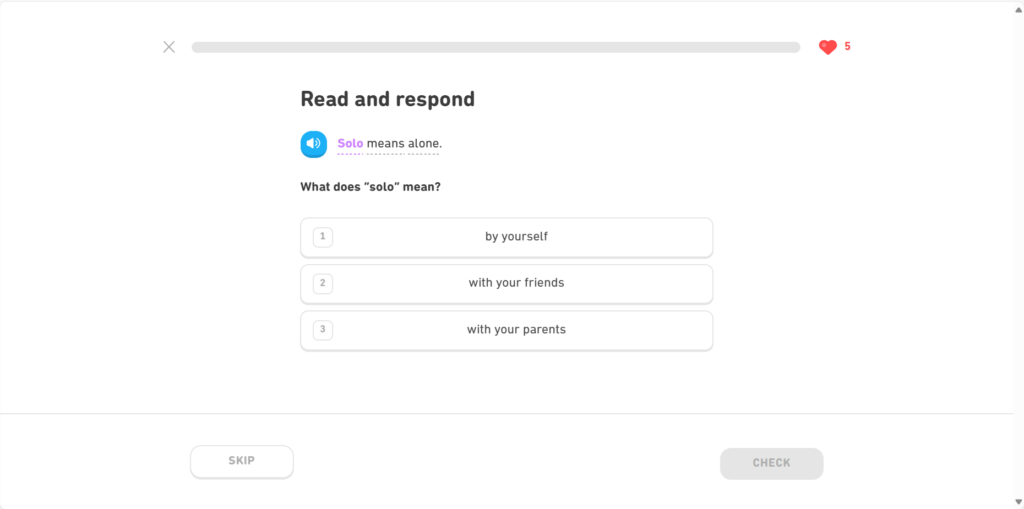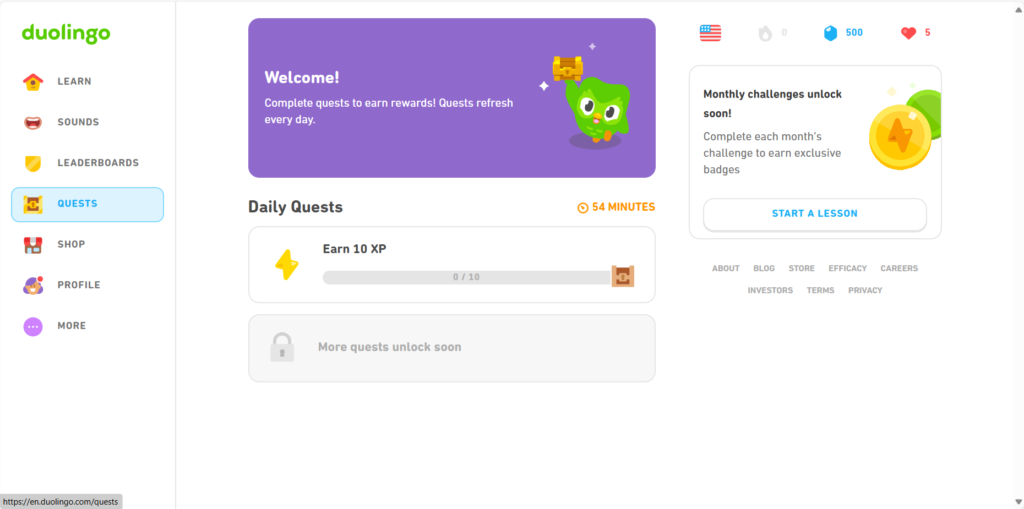Why Does Gamification Succeed?
Gamification isn’t just a marketing concept. It’s a psychology – based strategy that immerses users and keeps them engaged. Duolingo’s success demonstrates that applying game mechanics to non – game scenarios can effectively cultivate user habits and enhance engagement. Gamification works because it taps into fundamental human psychological needs:
- Habit Formation: Streak challenges and daily rewards help users develop regular usage habits.
- Competitive Instinct: Leaderboards trigger users’ competitive spirit, driving more active participation.
- Immediate Feedback: Earning badges and a sense of achievement provides quick dopamine hits.
- Loss Aversion: Users fear losing their progress, so they stay active.
Brands can learn from this:
- Make interactions fun by adding progress bars, milestones, or achievement badges to attract repeat visits.
- Leverage competitive mechanisms like leaderboards, challenges, or social sharing to enrich the sense of participation.
- Set up rewards and incentives, such as points, coupons, or VIP privileges, to boost long – term user activity.
Key Features of Duolingo’s Gamification Success

Duolingo doesn’t just use gamification; it perfects it. The entire app is designed around user retention, motivation, and continuous use, making users eager to return and learn daily.

- Streak Challenges: Builders of Daily Habits
Duolingo’s streak – challenge system rewards users who learn daily. The longer the streak, the more invested users become. The fear of losing progress when the streak is broken motivates them to stay active. Brands can offer daily check – in rewards, set up continuous – challenge rewards, and send personalized reminders. - Leaderboards: Social Competition Drives User Engagement
Duolingo’s leaderboards rank users based on experience points, fueling competition and a sense of achievement. Brands can create invitation leaderboards, implement a membership – level system, and showcase community – interaction lists. - Achievement Badges: Small Rewards Create High Engagement
Duolingo awards badges for completing milestones like finishing courses or maintaining streaks, providing short – term satisfaction and keeping users motivated. Brands can introduce shopping achievements, establish a membership – growth system, and offer personalized incentives. - Life System: Harnessing Loss – Aversion Psychology
Duolingo’s “life” system restricts users who answer too many questions incorrectly. This makes users value their progress and avoid giving up easily. Brands can use time – limited rewards, offer exclusive privileges to active users, and set up reminder mechanisms.
How Duolingo Achieves Viral Growth through Gamification
Duolingo’s gamification not only improves user engagement but also serves as an effective growth strategy.
- Social Sharing: Harnessing User Achievement for Promotion
Duolingo encourages users to share their learning progress, such as 50 – day, 100 – day, or 1000 + – day streaks. This “social bragging” mentality turns users into free marketers. Brands can promote member – achievement sharing, highlight consumption milestones, and offer social – sharing rewards. - Brand IP Creation (Duo the Owl): Attracting Users with Personified Characters
Duolingo’s mascot, Duo the green – headed owl, has become a popular IP on social media. Brands can create brand IPs, adopt humorous marketing approaches, and actively manage social – media platforms. - Free – to – Premium Model: Cultivating Habits Before Monetization
Duolingo uses a free – to – premium model. Brands can offer free trials with premium benefits, establish advanced reward systems, and convert users after habit formation.

Conclusion: Gamification Is Key to Future Marketing
Duolingo’s success lies in its gamification strategy, which cultivates user habits, provides a sense of achievement, and encourages continuous investment. For e – commerce brands, user engagement is more important than single – purchase transactions. Gamification effectively boosts user engagement, encourages repeat purchases, and promotes social sharing.
- Cultivate User Habits: Use check – ins and challenge mechanisms to drive continuous shopping.
- Fuel Competitive Instincts: Employ leaderboards and social competitions to encourage user interaction.
- Provide Immediate Incentive Feedback: Use badges and achievement systems to enhance user loyalty.
- Leverage Loss Aversion: Utilize time – limited discounts and VIP membership systems to boost repeat – purchase desires.
- Encourage Social Sharing: Create share – worthy shopping achievements to motivate user sharing.
In future e – commerce competition, it’s not just about price and products but also about user experience and interactive design. Through gamification, brands can make shopping more appealing, encourage user participation, and ultimately achieve growth and profitability.